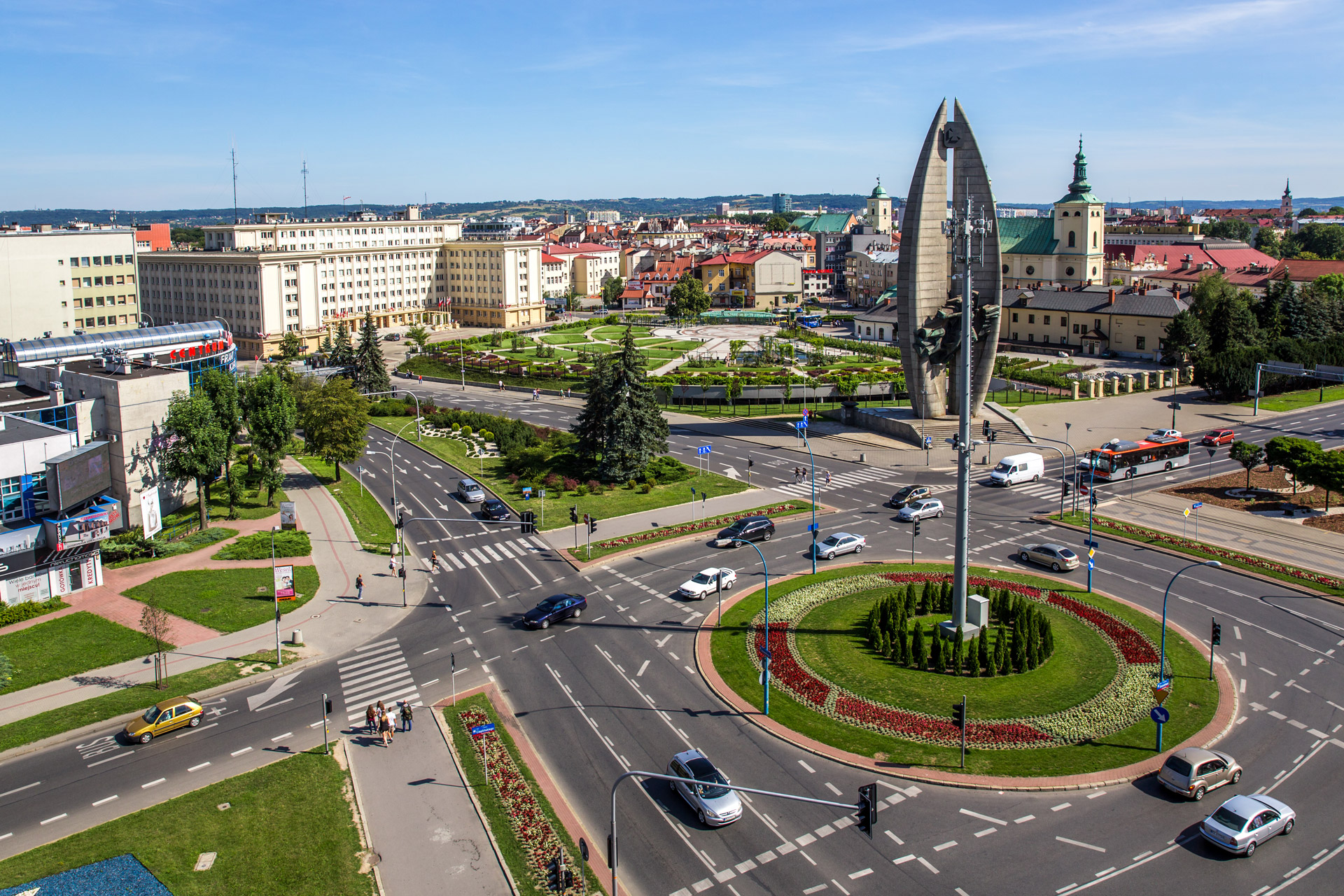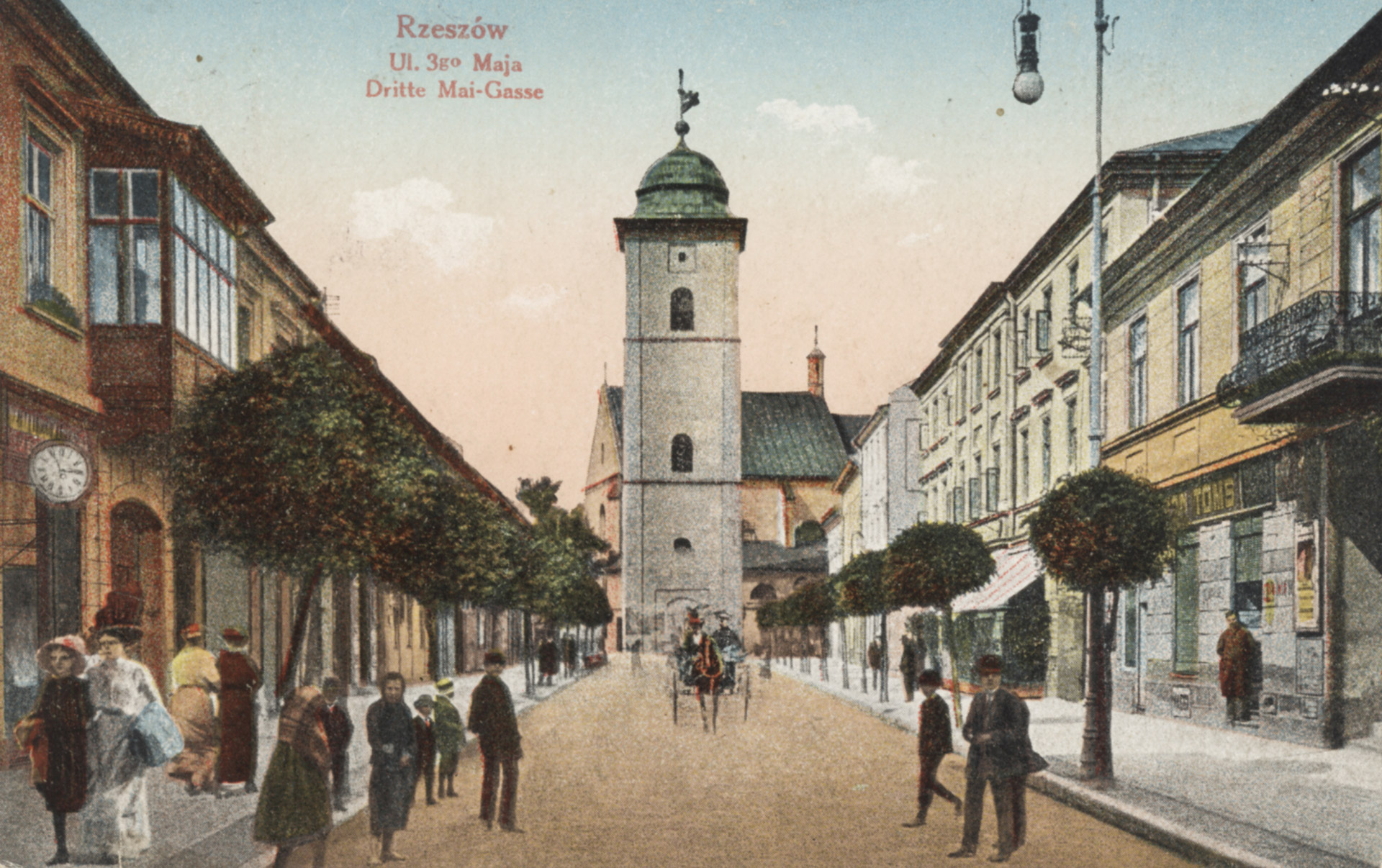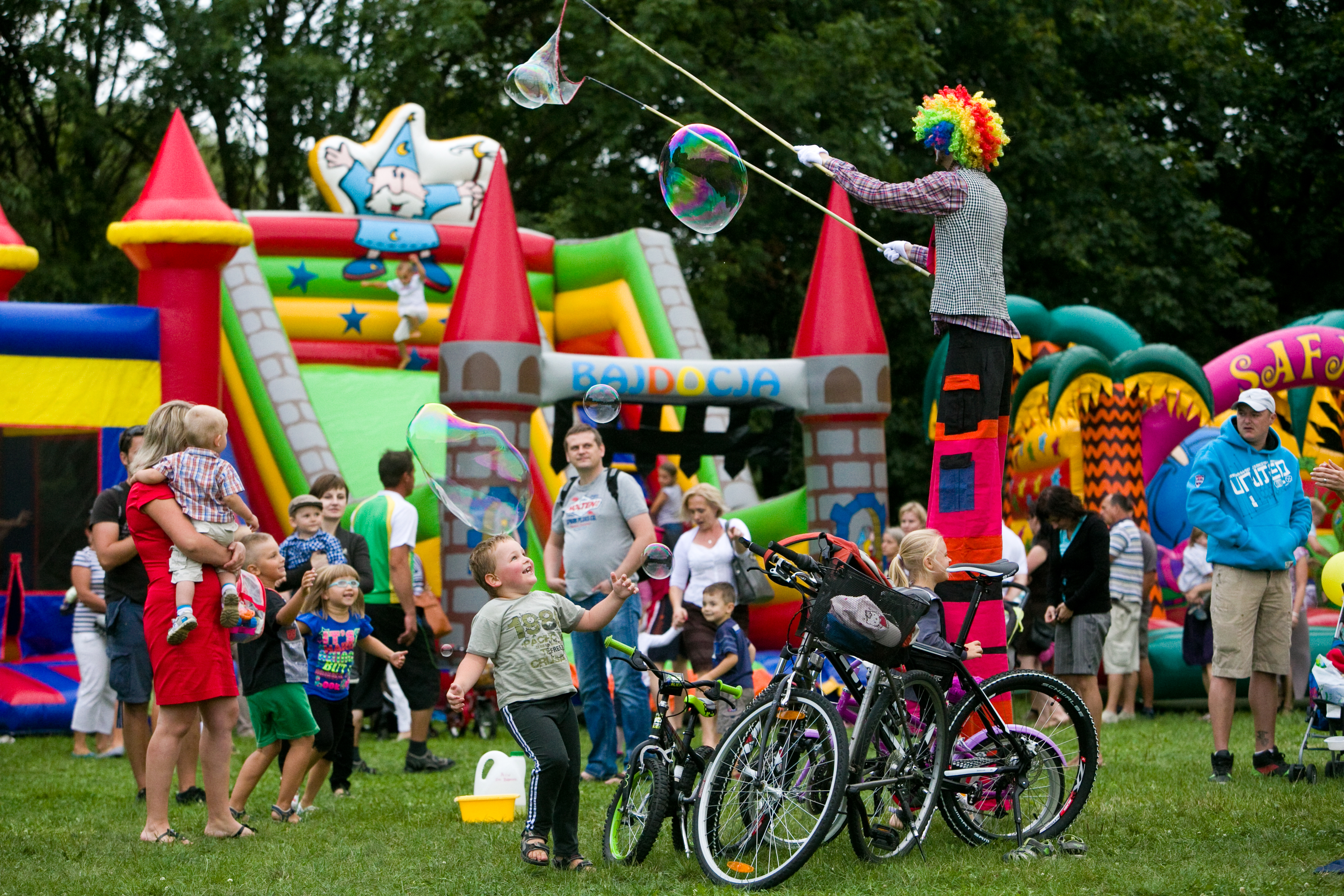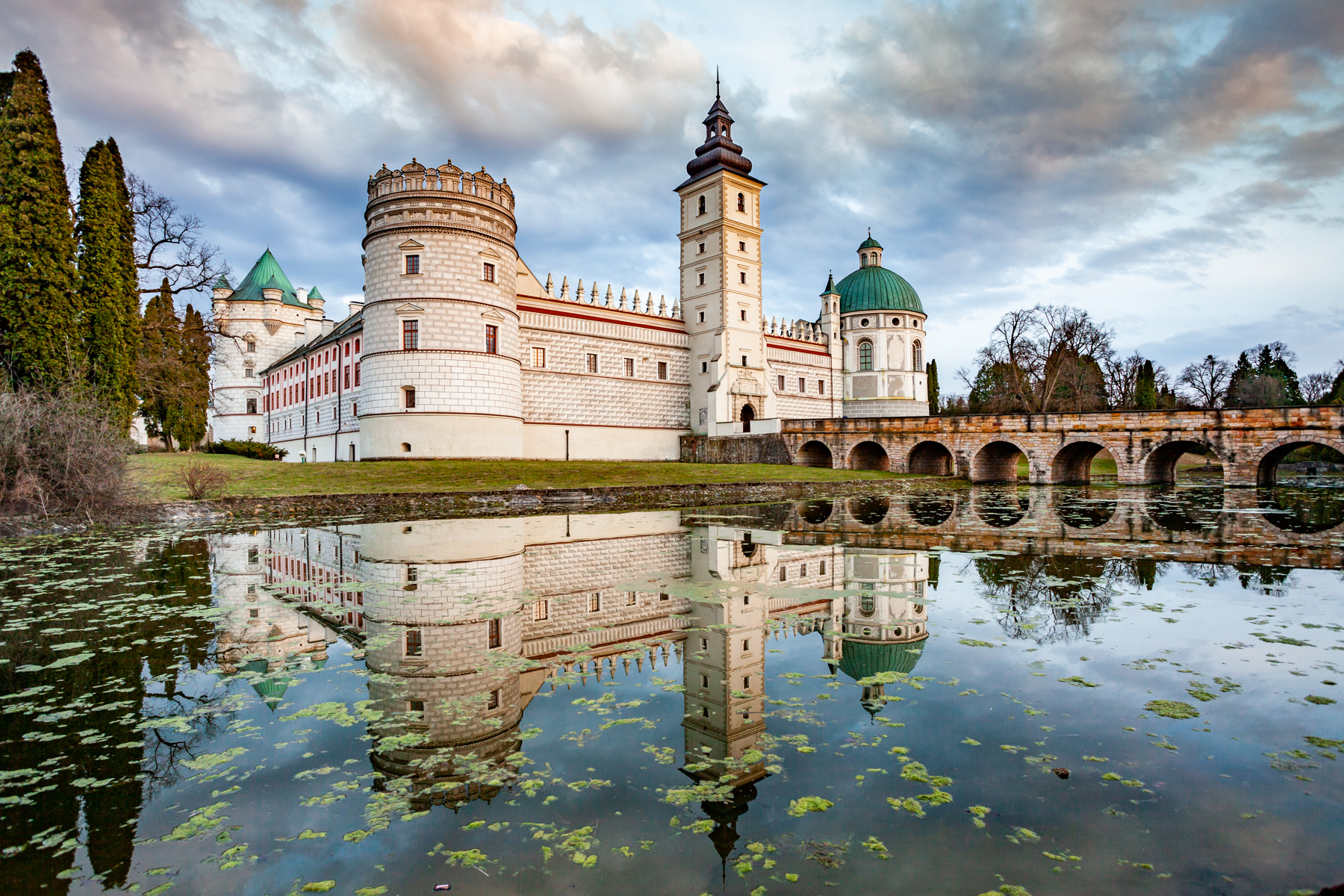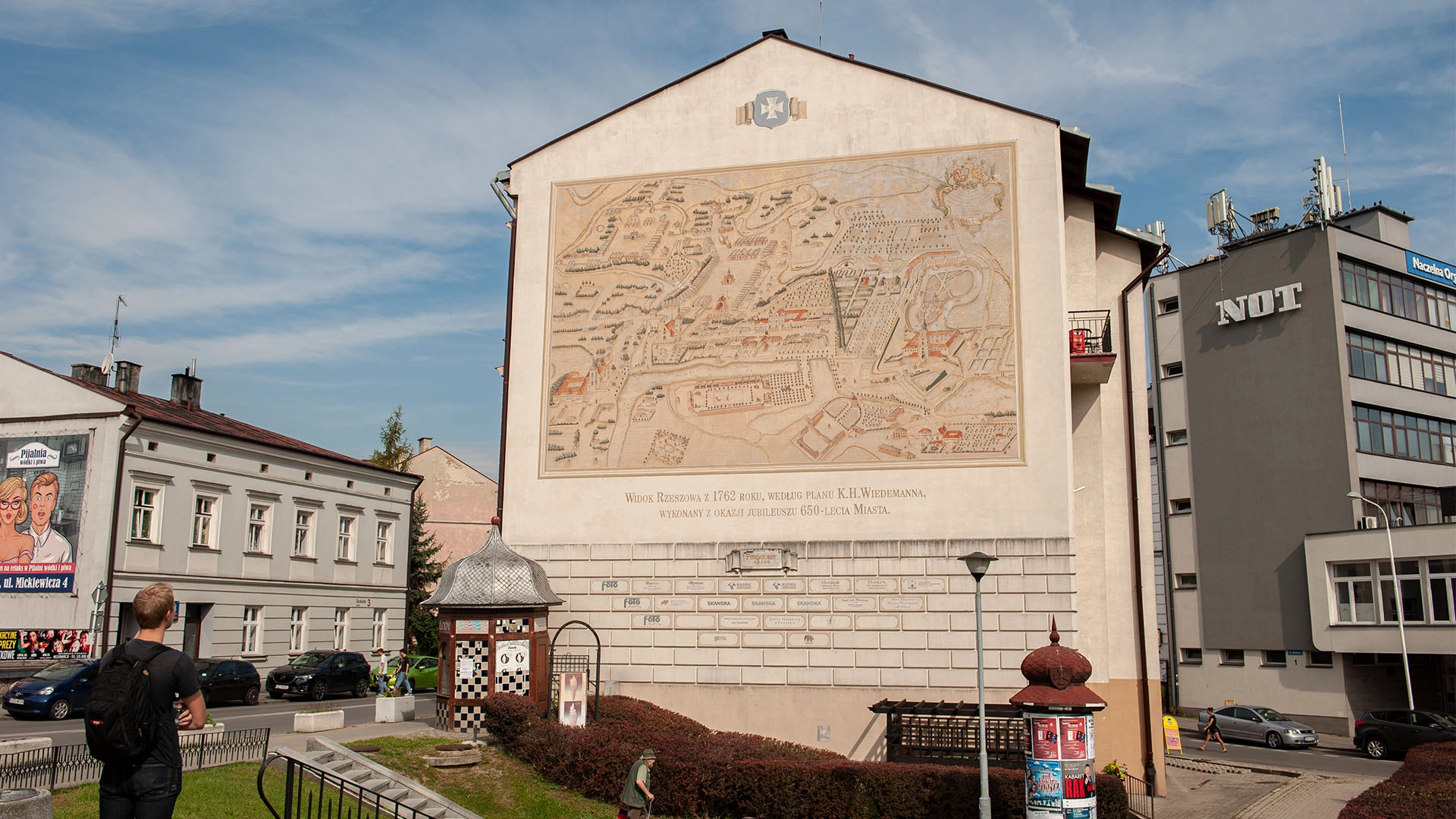The project focuses on exploiting the hidden and so far underexposed natural heritage of river areas and their surroundings in Rzeszow and Lutsk (Ukraine). Both cities have similar potential in this respect and face similar challenges and problems.
The wealth of natural heritage resources in Rzeszów and Lutsk is largely concentrated around the riverbanks of the Wisłok (in Rzeszów) and the Styr (in Lutsk). An integral part of the natural heritage and part of the urban landscape, these rivers have been modified many times over the years and numerous initiatives have been taken to manage them; they still play a significant role in the life and functioning of the cities and their inhabitants.
The promotion and protection of the coastal areas of Rzeszów and Lutsk, will contribute to highlighting their functions: aesthetic, educational and recreational. The main task of Rzeszów (as project partner) will be to create two floral meadows near the Wisłoka River and to mark them with QR codes. Lutsk (as project leader) has planned to build a pier on the Styr river and mark the most valuable natural heritage resources with QR codes.
The overall objective of the project is to increase the tourist attractiveness of Rzeszów and Lutsk by promoting and protecting the natural heritage of the city's rivers and coastal areas. The project envisages expanding cross-border cooperation between project partners through participation of their representatives in a study visit to Rzeszów, exchange of experience in the field of environmental protection, sharing best practices in this field, training.

Flower meadows are not only beautifully scented floral carpets, but above all diverse, vibrant plant communities that provide shelter for small animals such as frogs, hedgehogs and lizards. They can provide habitat for up to 300 different species of plants and animals - they are a food base, shelter and wintering site. Meadows are also a great resource for insects, providing them with food for many months, thanks to the different flowering times of the different plants. The plants that make up a meadow have a highly developed root system, thanks to which they are able to 'catch' and store large amounts of rainwater and therefore do not need to be watered. The large leaf area helps to accumulate particulate matter in the air, helping to reduce the smog effect. Thanks to transpiration, they lower the air temperature and improve the humidity and microclimate of the environment.
The flower meadows we establish are created to preserve and enrich the biodiversity of the flora and fauna of the city of Rzeszów. They also provide an opportunity for closer contact with nature, getting to know rare plant species. Herbs, fragrant and colourful flowers, buzzing insects, singing patches are an unforgettable aesthetic, sensory and therapeutic experience. The plants that grow in our flower meadows include field poppy, cornflower, goldenseal, meadow clover, foxglove, macchia, nigella, mayweed, marigold and others.
In summary, by establishing flower meadows in towns and cities, we are improving the quality of life for residents because:
- flower meadows help to reduce the negative effects of climate change - they filter the air, lower the temperature, improve rainwater retention - thanks to the flower meadow, rainwater does not run off so quickly;
- flower meadows are cheaper to maintain than lawns and biologically much more diverse;
- do not require as much care and water as lawns;
- a flower meadow provides shelter for many urban animals, attracts butterflies, bees and birds;
- establishing a flower meadow is one easy way to promote biodiversity.
FLOWER MEADOWS WITHIN THE PROJECT
As part of the project entitled 'Promotion and protection of natural heritage in river and coastal areas of partner cities of Rzeszów and Lutsk', new floral meadows with a total area of 400 m2 were established in October 2021. The first meadow with an area of 200 m2 was established on the territory of the Culture and Recreation Park in Rzeszów, and the second one with an area of 200 m2 in the vicinity of the Lisia Góra nature reserve. The establishment of a flower meadow includes the following steps: removal of the turf, loosening of the top soil layer, soil delivery and spreading, fertilisation, sowing of the mixture, rolling and watering. The seed mix used for sowing included annual, biennial and perennial plant species, providing a long flowering period. In addition, information plaques with the project name and funding information were placed at each location, which include QR codes that take you to a project subpage where you can find additional information about project activities.
The established flower meadows are created to preserve and enrich the biodiversity of the flora and fauna of the city of Rzeszów. They constitute a refuge for more than 30 species of annual and perennial plants and are a food base for insects, birds, reptiles and small mammals. They also provide the opportunity for closer contact with nature, getting to know rare plant species. Herbs, fragrant and colourful flowers, buzzing insects, singing patches are a source of rich aesthetic, sensory and therapeutic experiences. Our flower meadows are home to field poppy, cornflower, goldenrod, meadow clover, foxglove, macaw, nigella, mayweed, marigold and many other species.



